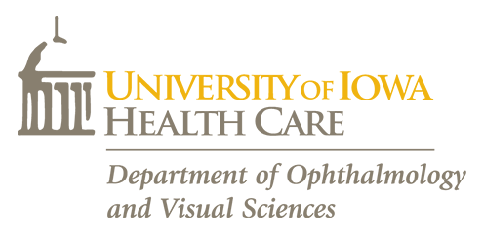Branchio-oculo-facial syndrome (BOFS; OMIM#113620) is a rare autosomal dominant craniofacial disorder with variable expression. Major features include cutaneous and ocular abnormalities, characteristic facies, renal, ectodermal, and temporal bone anomalies. Having determined that mutations involving TFAP2A result in BOFS, we studied a total of 30 families (41 affected individuals); 26/30 (87%) fulfilled our cardinal diagnostic criteria. The original family with the 3.2 Mb deletion including the TFAP2A gene remains the only BOFS family without the typical CL/P and the only family with a deletion. We have identified a hotspot region in the highly conserved exons 4 and 5 of TFAP2A that harbors missense mutations in 27/30 (90%) families. Several of these mutations are recurrent. Mosaicism was detected in one family. To date, genetic heterogeneity has not been observed. Although the cardinal criteria for BOFS have been based on the presence of each of the core defects, an affected family member or thymic remnant, we documented TFAP2A mutations in three (10%) probands in our series without a classic cervical cutaneous defect or ectopic thymus. Temporal bone anomalies were identified in 3/5 patients investigated. The occurrence of CL/P, premature graying, coloboma, heterochromia irides, and ectopic thymus, are evidence for BOFS as a neurocristopathy. Intrafamilial clinical variability can be marked. Although there does not appear to be mutation-specific genotype-phenotype correlations at this time, more patients need to be studied. Clinical testing for TFAP2A mutations is now available and will assist geneticists in confirming the typical cases or excluding the diagnosis in atypical cases.
Genotype-phenotype analysis of the branchio-oculo-facial syndrome.
Journal:
American journal of medical genetics. Part A.
Additional Information:
Volume 155, Issue 1, pages 22–32, January 2011
Publication Date:
Dec 22 2010
Pubmed ID:

